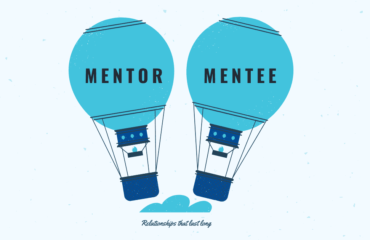
A few weeks back had written about the various responses of Yes and No that we receive during the course of any conversations in our daily lives and how a Yes under a lot of situations is not a really a Yes as me make them out to be. Attached is the link of the article for your ready reference.
There is a model created by various Intelligence agencies for negotiations which is widely used by most of the world-renowned agencies during highly critical negotiations widely known as the BCSM (Behavior Change Staircase Model). This model is widely believed to be created by Carl Rogers and refined by various agencies to suite their various needs and situations.
Let’s understand what happens when we go and meet a doctor particularly to address issues which are primarily due to our lifestyle. Some doctors tell us nicely, some tell us some fine anecdotes to reach out to us and so on while giving us some medicines and asking us to change our lifestyle to ensure we overcome the disease with a long-term objective. While most of us start out doing the suggested things in our own ways, the change very often tapers out over a period. If we really look back after a year or so a very miniscule percentage of people would have changed their lifestyle as suggested by the doctor. All others would have gone back to the way they were.
Everyone start off by trying to make the change because we have been taught that love, praise and approval are dependent on saying and doing things that people consider correct.
So, in order to get these needs we develop a habit of hiding who we really are and what we really think but calibrating our words and expressions to get the same approval from others which is what we saw in the earlier example.
The BCSM model follows the below stages:
- Active listening
- Reinforcing the same through effective pauses
- Empathy
- Enhancing the same through Minimal exchanges.
- Rapport
- Use techniques like mirroring to further build confidence.
One of my earlier articles on the same subject link to which is attached as below which will give a good insight about mirroring.
7. Influence
8.Use techniques like labelling and paraphrasing etc. Link to an article on the same subject is also attached below which will give a good insight about labelling.
9. Summarize the negotiations.
10. Behavioral Change
So, while following these stages one of the crucial words that can indicate a change in the course of the negotiation is That’s Right. It is during the summarizing process that the crucial words of That’s Right most likely to come about. In several critical negotiations the negotiators at times consciously get into summarizing mode to induce the That’s Right response.
One of the aberrations that can happen during this process is the response of “You’re Right”. Very often this response is considered like on similar lines as That’s Right though in reality its very different like the different cases of Yes that we had seen in the earlier article.
Creating unconditional positive regard opens the world for changing thoughts and behaviors. Humans have an innate urge towards socially constructive behavior. The more a person feels understood and positively affirmed in that understanding the more likely that urge for constructive behavior will take hold.
To continue getting more details how a response of That’s Right much more positive than a Yes and how good summarizing can lead to That’s Right and other such crucial parameters in negotiations do subscribe to my new LinkedIn newsletter Rejo’s Biz Bytes and visit my website www.rejofrancis.com.



